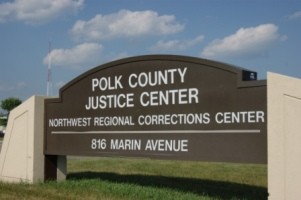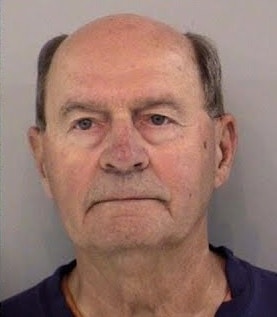The Tri-County Corrections Regional Board reviewed the accomplishments and progress made at the Northwest Regional Corrections Center and Red River Valley Juvenile Center in 2019. Executive Director Andrew Larson said it’s nice to look back and take note of what we accomplished throughout the year.
Administratively, Larson said changes to formatting and content of Tri-County’s Comprehensive Plan was well received by the Minnesota Department of Corrections. “We did a comprehensive and thorough review of our comprehensive plan which is something we have to submit to the Department of Corrections as part of our Community Corrections Act subsidy,” said Larson. “We did a lot of formatting and content changes, and completely rewrote our outcome performance measures so we can more accurately assess some of our program effectiveness issues. And was really pleased with how that turned out. It’s a heavy lift, requires a lot of staff time to go in and get the information updated, gather the statistics and review. It’s a time-consuming effort but really happy with the end product.”
In the Probation Department Larson noted that all the staff stepped up to cover what was a challenging year on the personnel side with a lot of turnover. “The big thing for our probation staff was making it through the year and surviving,” said Larson. “We had a lot of staff turnover and the staff turnover really hit all at once. There was a time when we were down two to three full-time agents and then when we get agents hired, we have to train them, so they aren’t in a position to take on caseloads. It required a lot of additional work on the part of our senior staff and all staff within the department. Of particular note is Chief Agent Jessica Hajicek and Deputy Chief Dale Arnold both of whom are supervisors and managers within our department had to take on caseloads.”
The Probation Department also underwent some restructuring in 2019. One of those changes was moving the Transition Program which serves adolescents age 12 to 17 by providing connections and referrals to community services, in school district reintegration, and supportive counseling said, Larson. “We did some restructuring in the department,” said Larson. “Moved the transition program which had historically been associated with the Juvenile Center under the umbrella of our Probation Department so they can provide some assistance in that community services work they do. More recently with partnered with MSSA (Minnesota Social Service Association) Region 1 social service agencies to develop a proposal for the STAY program. STAY stands for the Successful Transition to Adulthood for Youth. In the first quarter of 2020, we will have a transition worker who will be working with at-risk youth transitioning out of foster care into more independent living to attempt to help them be more successful and address the issues. Often time they are at risk of homelessness because they don’t have some of the historical supports that so many people have.”
The Juvenile Center upgrades included security upgrades with added cameras, and privacy screening and razor wire in the outdoor recreational area. The Juvenile Center and the Corrections Center also incorporated a new education system called Decisions Points which allows for more flexibility with juveniles or inmates moving in and out of the program explained Larson. “We implemented Decision Points, which is a cognitive-behavioral program that is an open program,” said Larson. “Many programs if you start with a group of four, you can’t add more participants. The Decision Points curriculum is designed as an open program so kids can come and go or don’t have to follow the same curriculum. That’s really beneficial for us, not only in the Juvenile Center but in probation and the jail because our turnover of offenders is so rapid that using the more structured long-term programs can be problematic.”
Other highlights include the annual resource fair for inmates at the Corrections Center, remodeling in the jail for more ITV usage for court appearances and expanded use of telemedicine. On the staff side, Tri-County Corrections held an employee recognition event for years of service and peer nominations for recognition, new training techniques, and a mentorship program for new employees.
Tags:



